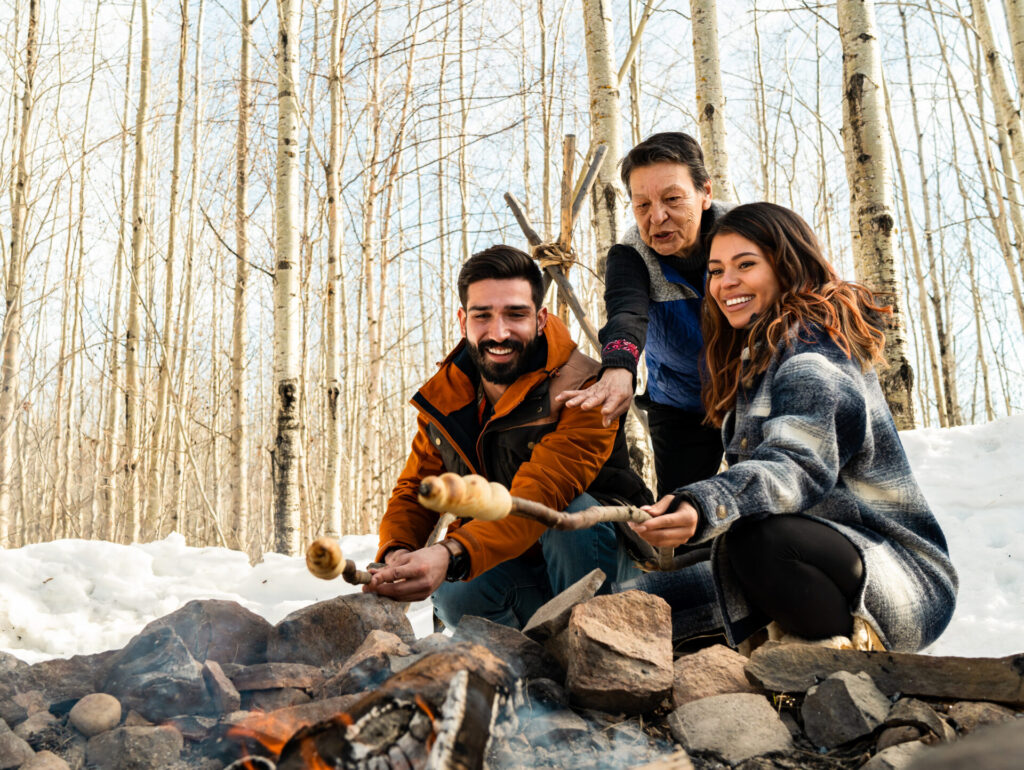
A toolkit for working with ITA and its members
Working in the Indigenous tourism industry can be rewarding for everyone involved, whether you are a member of a community, a DMO or a future partner in the industry. The goal of this toolkit is to empower you to meaningfully engage and build respectful relationships with Indigenous communities and operators by developing a deeper understanding of Indigenous cultures, worldviews, and approaches to tourism.
Here’s what you will learn from this toolkit:
- Understanding Indigenous tourism
- Working with Indigenous partners
- The importance of the traveller
- More tools for success
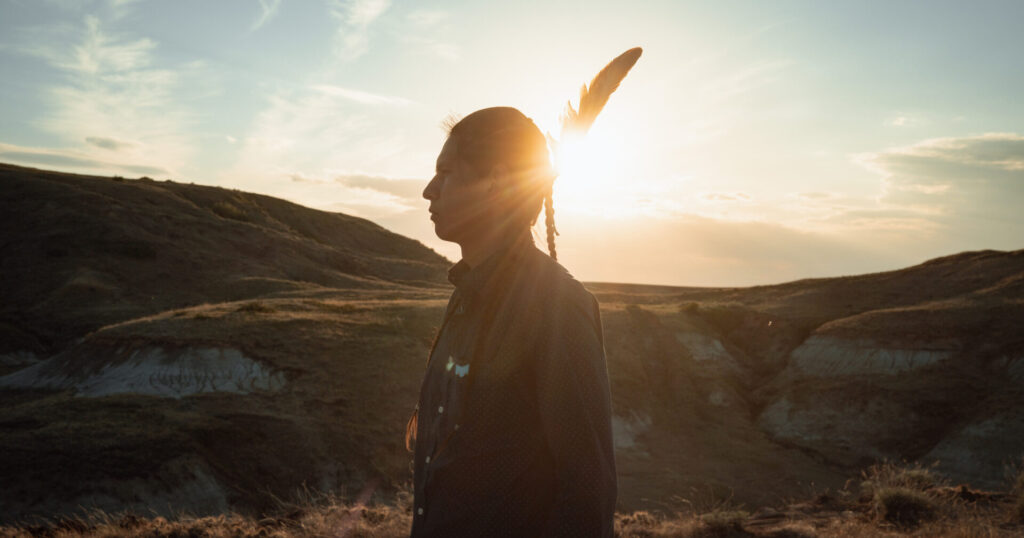
Understanding Indigenous Tourism
Why Indigenous tourism matters
To many Indigenous communities, tourism is seen as important work. The benefits go beyond economic ones. The purpose is often cultural preservation, revitalization, and sharing truth. When working with an Indigenous community or business owner, it helps to be conscious of Indigenous tourism as a deeply meaningful and personal exercise of identity and narrative ownership through sharing culture and history with others.
“Tipi itself is just a door opener to bring the culture back to our people, to bring the teachings to our people. Not only our people but all walks of life.”
— Elder
Supporting Indigenous businesses will also help protect and preserve culture. Investment in Indigenous tourism helps secure the necessary resources and skills development to continue teaching cultural practices to the next generation.
Stories are Truth
Storytelling is at the heart of Indigenous tourism and are the conduit for truth telling. Much of Indigenous written history was not owned by Indigenous people, and tourism is a way to reclaim ownership of the narrative and practice self-representation. Tourism provides the opportunity to share personal history and culture from the Indigenous perspective, and each story is unique.
Storytelling is a way to connect with other people and cultures. Not only does it foster understanding and respect, but stories help break down barriers of fear, ignorance, and misconceptions through open and honest dialogue.
“We’re realizing tourism is going to be a part of our adaptation. If we want to tell our stories, this is the way we can do it on our territory.”
— Elder
Through listening to and sharing stories we uncover not what makes us different, but reveal shared, cross-cultural values and human experiences. Invest a significant amount of time to actively listen to and understand the communities and businesses you work with so you may build trust genuinely, and foster meaningful, respectful relationships.
Connection through, with, and for the land
Indigenous culture is dependent upon its relationship with the land, through the land and on the land. This includes the earth itself and all its inhabitants. Tourism is widely used to build understanding of the land so that culture may endure and be strengthened. Indigenous communities hold a great sense of responsibility to steward the land. Each community has a different relationship and way of interacting with land, and at the same time, the land is seen as a unifier of all things – something we all share and need to exist in harmony with. These values of sustainability should underpin not only the way tourism is promoted and developed, but also the way relationships are developed with Indigenous peoples.
“It’s a chance for us to really reconnect to our land, language, culture, our traditional land-based teachings.”
— Elder
Spirit of fun
The hardships experienced by Indigenous communities in Canada is well known, so there is often an expectation or assumption that conversations and experiences of Indigenous cultures will be very serious. However, humor and fun are necessary elements of Indigenous culture. An Indigenous experience will rarely come without a dose of humor. Sharing culture is personal and important, but the whole experience it is rooted in kindness, heartwarming moments, and good energy. There is truth and authenticity in marketing and promoting experiences in a way that highlights these elements.
“There’s a misconception that we’re so serious. We laugh, we’re friendly, we share our stories and language with kindness.”
— ITA member
Sensorial experiences
Authentic Indigenous experiences cannot be read in a book. Through promotions, highlight the strength of in-person experiences that engage all the senses to create powerful, transformative experiences. An authentic experience is embodied, visceral and sensorial.
“You gotta come. You gotta be able to see the fiddler and listen and get up. You can feel the rhythm on the floor. You can feel the sound, you can feel the vibrations as authentic. You can taste, feel, smell. Those are authentic experiences.”
— Elder
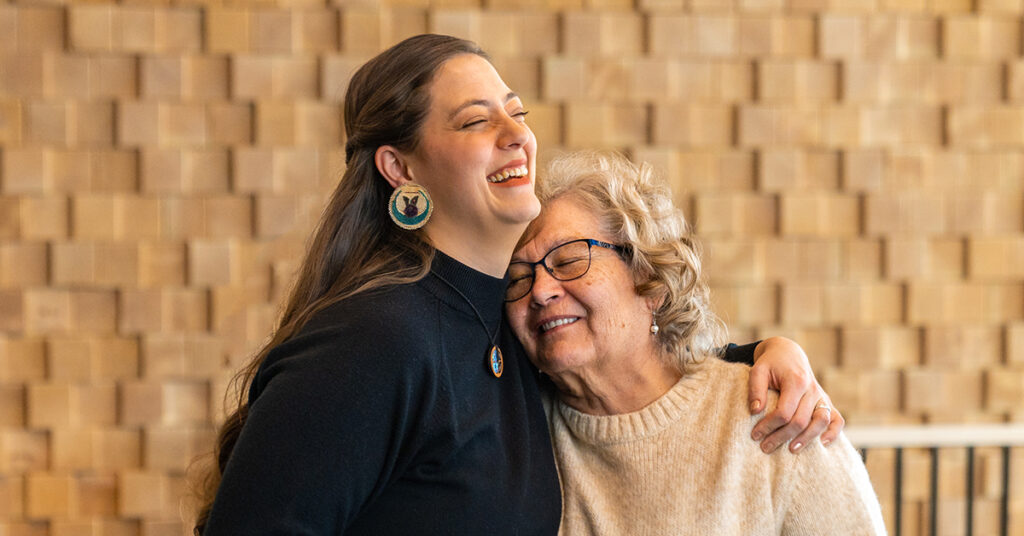
Working With Indigenous Partners
Protocol and Elders
Building relationships will require more preparation and education than most think. It is a sign of respect to know who you are visiting, the name of their community and territory, and traditional protocols. If you don’t already know the proper protocol for a specific community, reach out to someone in that community who can help you or guide you to the right person.
The importance of Elders cannot be understated. There are often separate protocols for engaging Elders. They play many roles as sacred knowledge keepers and as living connections to the past important for cultural continuity. Communities hold Elders to the highest regard, so including and consulting Elders at the onset of any relationship or development endeavors will strengthen your community connections and provide a deep level of knowledge and understanding that can inform how to best work with the community.
“Authenticity means respecting different protocols within each community and region.”
— ITA member
Lead with respect
Engage with an open heart and mind and empower yourself to respectfully ask questions. Indigenous tourism is literally an invitation to be curious and explore another culture.
“We’re literally opening the door of the tipi to invite people in.”
— ITA member
It helps to arrive with vulnerability when visiting with an Indigenous community member or business owner, and to allow yourself to be open to the different ways of knowing and seeing. Meaningful connections and relationships can develop organically this way and help establish trust.
Build relationships, not transactions
It is important to create long lasting relationships rather than sustain a sequence of transactions. Think of building Indigenous relations instead of Indigenous engagement. Strong foundations of trust are built overtime through a genuine intention to form meaningful, reciprocal, and transparent relationships that go deeper than businesses purposes.
“It brings not only new people together, but it brings the community together too. It becomes more whole, and it starts to build a relationship that can work towards trust—trusting each other.”
— Elder
Amplify and unify Indigenous voices through tourism
Indigenous tourism is about empowerment of other each other, not competition. Businesses and communities hold a deep appreciation for opportunities to engage and learn from one another. A DMO can be the connective tissue that provide the space for relationships to be nurtured and for the Indigenous tourism community to be united.
Create opportunities to showcase the unique stories and experiences to uplift Indigenous voices. The more Indigenous stories, experiences, and culture is celebrated, the more empowered a community or business will feel. This empowerment is appreciated and is a way to build relationships.
“The thing that I want to see most is the continued connection and collaboration across the province, between all of the Indian nations and whether they’re big or small… together we just become so much stronger than we would be on our own.”
— Elder
Promote the diversity of Indigenous culture
Every nation has a different history, language, and traditions. Not all Indigenous experiences are the same and so they should not be promoted or homogenized as such. Authenticity respects the uniqueness of every individual, community, culture, and region.
Build relationships with community members, artisans, and Indigenous-owned businesses to ensure all voices are heard and shared. Every culture, nation, and person has a different story tell, providing ample opportunity to emphasize and celebrate the rich diversity that exists.
“We’re all Indigenous, but that doesn’t make us the same.”
— ITA member
Supporting Indigenous-owned business
Truly authentic Indigenous experiences are those in which the experience is developed and owned by and Indigenous person. Promote and genuinely support the businesses that are majority (51%) owned and operated by Indigenous peoples. Indigenous peoples see authenticity as being tied to the person, the community, and the Nation, and so there needs to be intention and integrity in building relationships and supporting active Indigenous involvement in the development and promotion of tourism experiences.
“Indigenous tourism has to be developed by, led by, produced by Indigenous people.”
— ITA member
Balancing tourism and the community
Indigenous worldviews are rooted in collectivism and wholeness as opposed to individualism, and so Indigenous tourism considers the holistic social, economic, and cultural impacts for all. Tourism needs to work for both the visitors and the community. It will require open and consistent communication to effectively understand the community wants and needs, and how this can align with tourism development and management.
“I just really feel it has to be connected to the community to authentic.”
— ITA member
Each community or operator will determine what they find culturally appropriate to showcase and choose to share with the world. Some communities like to hold certain things as sacred such as Sundances, pipe and sweat ceremonies and some of their teachings.
Honouring the traditional and modern
Indigenous tourism needs to represent the past, present, and future. Not all experiences need to be framed as a history lesson. There are modern cultural practices, traditions, art, and more that communities are willing to share today. Speak in present tense and be sure to balance both the traditional and modern Indigenous culture elements for visitors in marketing and communications.
“We have to show both the traditional and the current. Elders said it had to be modern as well as historical. Tough task to take on.”
— ITA member
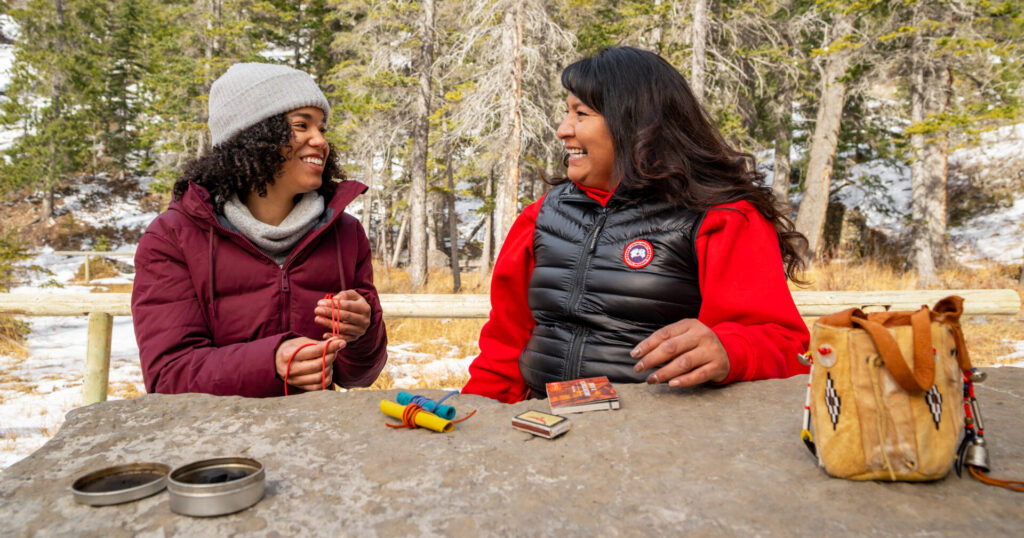
The importance of the traveller
The purpose-driven visitor
To reach the visitor of today, highlight the opportunities for deep cultural and environmental connections, and the personal transformation offered through Indigenous experiences.
Visitors are more purpose-driven than ever before. They have a reason for their visit beyond observation. They want to learn, to become informed, to transform, and to honor Indigenous culture. Travellers want to slow down, be mindful, and explore the essence of a destination – meet the people, taste the food, see the landscape, and experience the unique lifestyle and worldviews of a place. They are seeking reconnection with nature, with themselves, and are interested in ways of knowing on a deeper level to how they are used to. Some are arriving with openness and vulnerability as they seek reconciliation.
“People are now beginning to want to know more about us. They’re also trying to connect to our culture, to who we are and try to understand us in a different way.”
— ITA member
Visitors also want to know they are supporting Indigenous-owned businesses, and that their spending will benefit the community. They value genuine interaction with Elders, listening and have one-on-one educational experiences led by an Indigenous person.
Everyone is on their own journey
Indigenous operators are aware that everyone is on their own journey of learning, healing, and reconciliation. Visitors vary in their level of knowledge and understanding of Indigenous cultures, history, and worldviews. It will be helpful to consider this while developing marketing materials so that messaging may remain flexible to accommodate a variety of perceptions and expectations.
“Everyone is coming to us with different views and opinions on reconciliation. People are at different stages of the journey. We need to be flexible enough in our messages to see that.
— ITA member
Inviting visitors in
Although the Indigenous tourism sector is rapidly expanding and visitors are more purpose driven than ever, hesitations still exist among visitors for a couple key reasons, including access to information and anxiety.
Information about Indigenous experiences are still more difficult to find than other mainstream experiences. It will be important to effectively promote and represent the opportunities that exist, especially in rural areas with less presence or resources available.
Some visitors will also need a quelling of the fear doing or saying the wrong thing to Indigenous peoples. An anxiety exists around inappropriate engagement with another culture. Just as DMOs and other partners are empowered to ask questions and engage with an open heart and mind, so too are visitors. Frame experiences as an open, honest invitation to explore Indigenous ways of life.
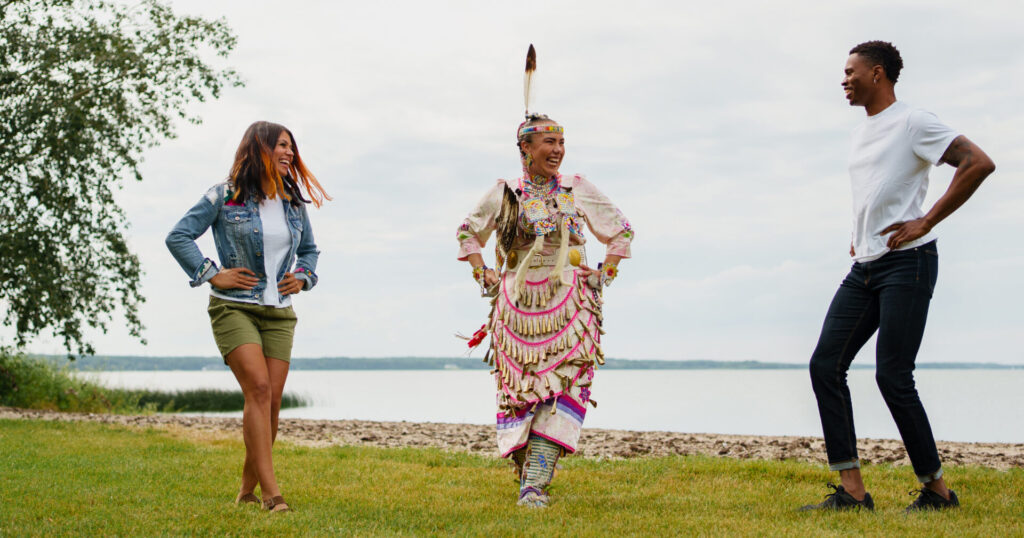
More tools for success
Want to know which ITA members are in your region? Use the interactive map below.
Explore the Area
Filter by Region
Filter by Type
Need photos or video of ITA members? Create an account for the ITA Media Hub.
